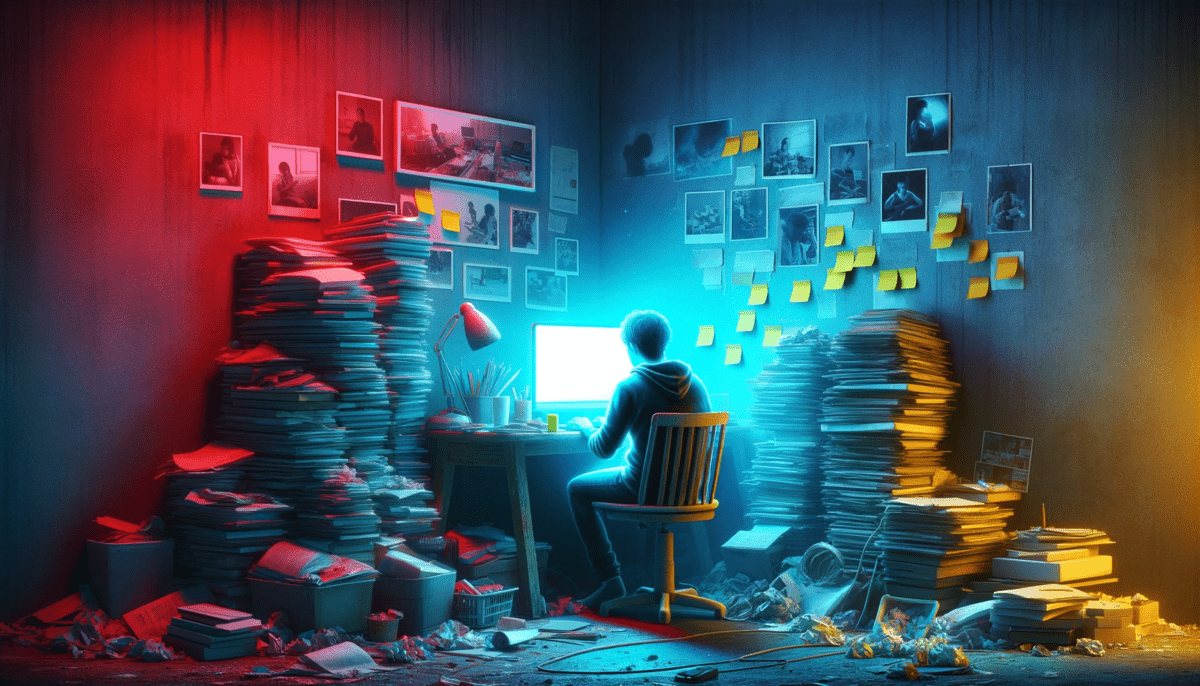We become what we behold
An insightful and nuanced post from Stephen Downes, who reflects on various experiences, from changing RSS reader through to the way he takes photographs. What he calls ‘AI drift’ is our tendency to replace manual processes with automated ones.
What I appreciate is that Downes doesn’t say this is A Bad Thing, but that we should notice and reflect on these things. For example, I’ve found it really useful to use AI with my MSc studies and to understand (and accelerate) some of the client work I’ve been involved with.

What's important is to notice what's happening. When I use AI to select the posts I read in my RSS reader, I'm finding more from the categories I've defined, but I'm missing the new stuff from categories that might not exist yet - the oft-referenced filter bubble. Also, I'm missing the ebb and flow of the undercurrent, of the comings and goings, of the stuff that seems off topic and doesn't matter - and yet, to someone who dwells in the debris like me, it does.Source: AI Drift | Half an HourThis is what I’m calling ‘AI drift’ in humans. It’s this phenomenon whereby you sort of ‘drift’ into new patterns and habits when you’re in an AI environment. It’s not the filter bubble; that’s just one part of it. It’s the influence it has over all our behaviour. One of those patterns, obviously, is that you start relying on the AI more do do things. But also, you stop doing some of the things you used to do - not because the AI is handling it for you, because as in this case it might not be helping at all, but because you just start doing other things.
[…]
AI drift isn’t inherently good, and it isn’t inherently bad. It just is. It’s like that quote often attributed to McLuhan: “We become what we behold. We shape our tools and then our tools shape us.” Recognizing AI drift is simply recognizing how we’re changing as we use new tools. We then decide whether we like that change or not. In my own case, it comes with some mixed feelings. But that’s OK. I wouldn’t expect anything else.